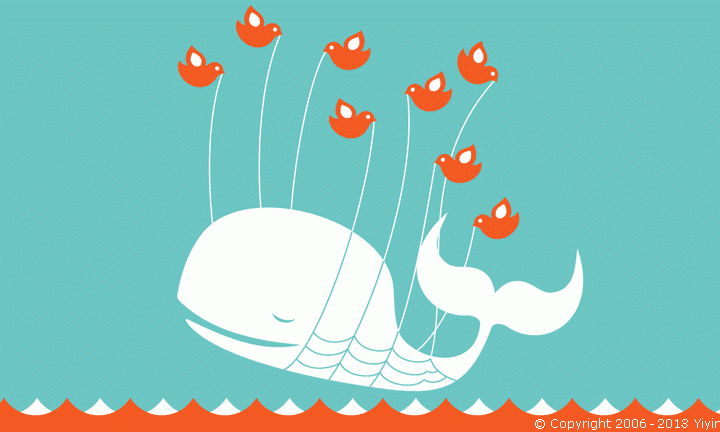
And other social media platforms, for organizational use.
Thanks to the efforts of my web firm, the Spark blog has posts that go back to 2008, when I first started association blogging at Thanks For Playing. Over the past six months or so, I’ve been reviewing ALL of them, deleting posts that are badly outdated (which led to the removal of 100 posts, about 43% of the total) and identifying posts that might benefit from updating and reposting, which I’ve been doing over the last several weeks.
I recently came upon a series of posts about Twitter from the fall of 2009, starting with Forget the “How” – Worry about the “Why”, reminding readers that if you don’t know why you’re doing something, any amount of effort required for the how is too much.
I then ran a series of posts sharing answers to the why for Twitter, focused on:
- Advocacy – shout out to Speak Now for Kids
- Conferences
- Chat – shout out to #assnchat, still going strong (although the platform on which it is going strong has shifted MANY times over the years)
- Member Engagement – shout out to the American Academy of Physician Assistants
- Broadcast
- Marketing
- Fundraising (and I didn’t even get into the story of the tweet that led to a $40,000 sponsorship from when I worked at the Children’s Hospitals Association)
Aside from the whole nostalgia aspect, though, reviewing these mostly made me feel sad.
Fifteen years ago, many of us saw so much potential in Twitter and other social media platforms to connect with our members and other audiences in a real and authentic way, to be able to provide the latest news in a quick and easily consumable way, to have a little fun and bring a little lightness to our organizational personalities, to provide a place for our members and other audiences to build relationships with each other.
And for a while, that happened, at least in a limited way for some associations.
Now?
Due to a variety of factors I’m not going to go into now but of which we’re all aware, the platforms have become cesspools of hate speech, harassment, propaganda, and, increasingly, AI-facilitated outright lies that are very convincing. They’ve had a pernicious influence on the mental health most notably of teenagers and young adults, but very likely on all of us. They’ve contributed to strained interpersonal relationships for many (raise your hand if you’ve been deeply dismayed by posts of a friend or relative of a different political persuasion). They’ve become corporatized and monopolized. They’re often little more than fronts for stealing and selling data about their users, data we gullibly provide on the false promise of “creating connection.” Even in their most innocuous guise, LinkedIn, there’s too much “LOOK AT ME!” shouting and too little genuine insight.
A lot of association execs have put a lot of time and effort into creating a presence on one or more of these platforms, personally, professionally, organizationally, or all of the above, which makes it hard to walk away. But – and as someone who was an early cheerleader, it pains me to say this – I’m increasingly doubtful that the juice is worth the squeeze (as they say) any longer.
What is YOUR association doing with regards to social media platforms in 2024? Are you still on them? Which one(s)? How much effort are you devoting? What outcomes are you seeking there? Are you achieving those outcomes? Are there platforms you’ve actively left? Or just allowed to go dormant? What’s been the response of your members and other audiences? What are you finding to be effective methods of connecting with members and other audiences today?